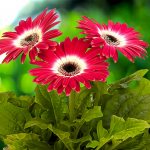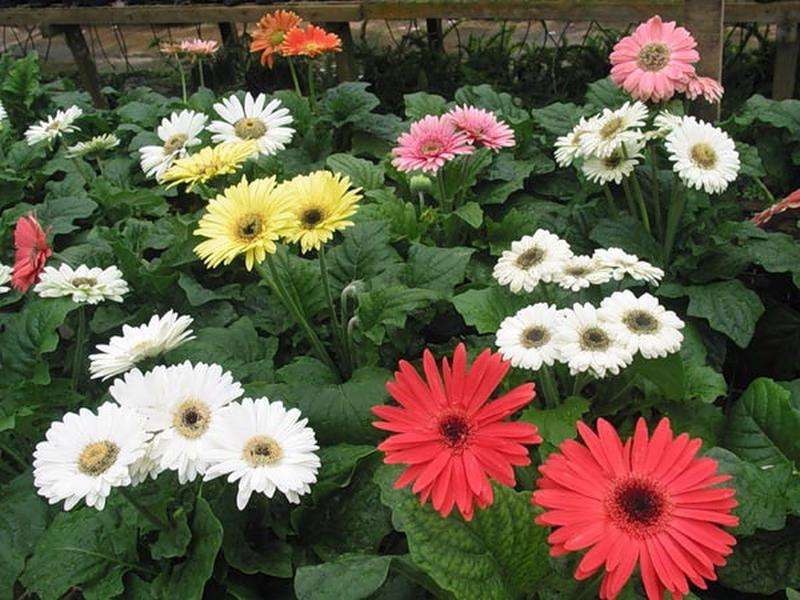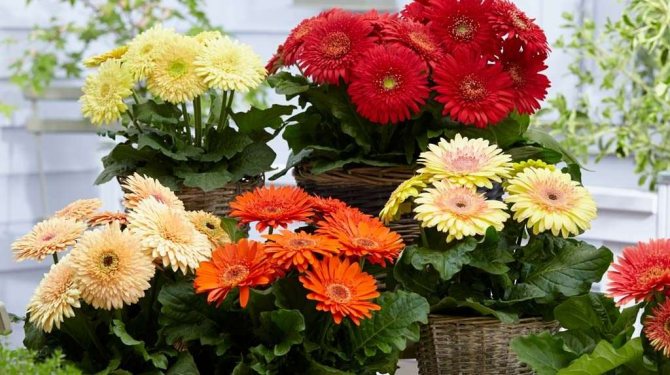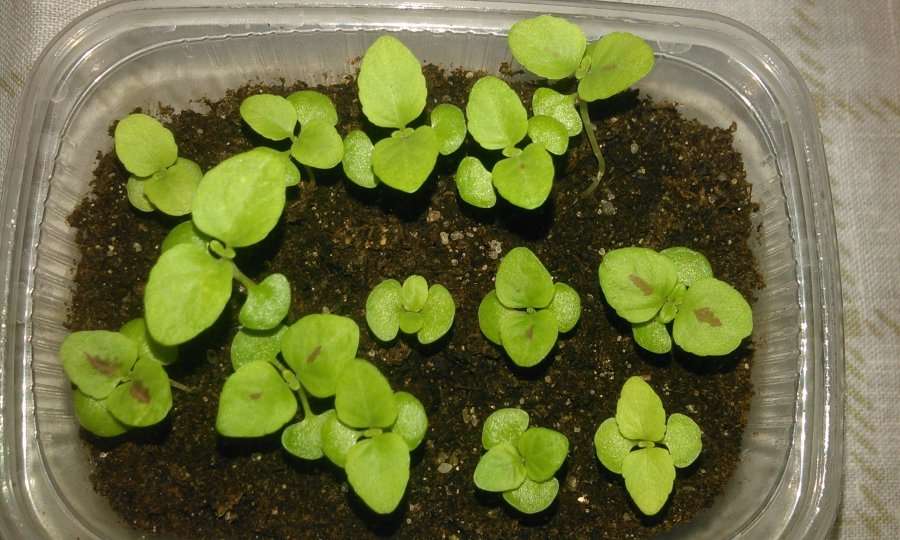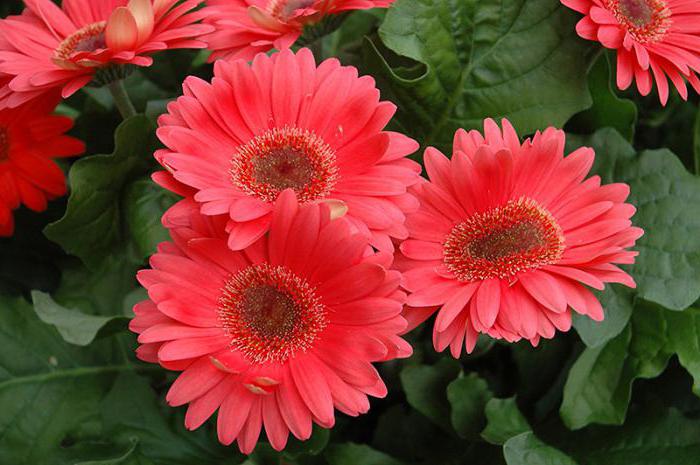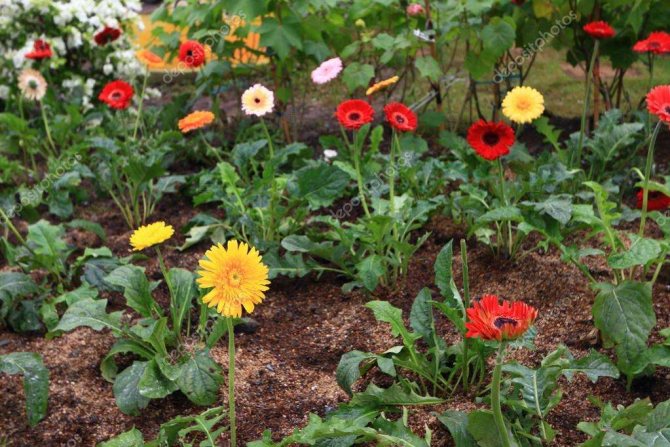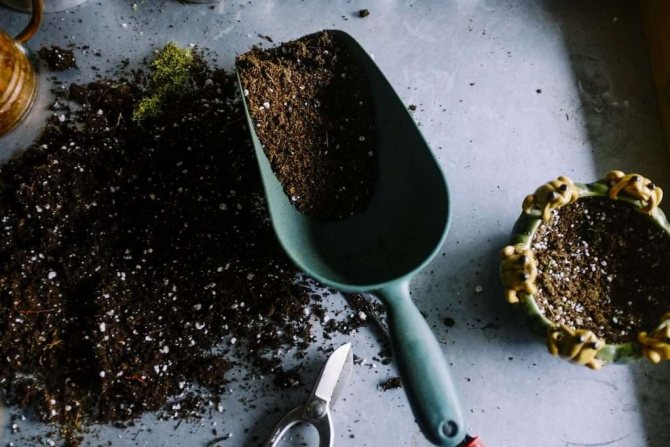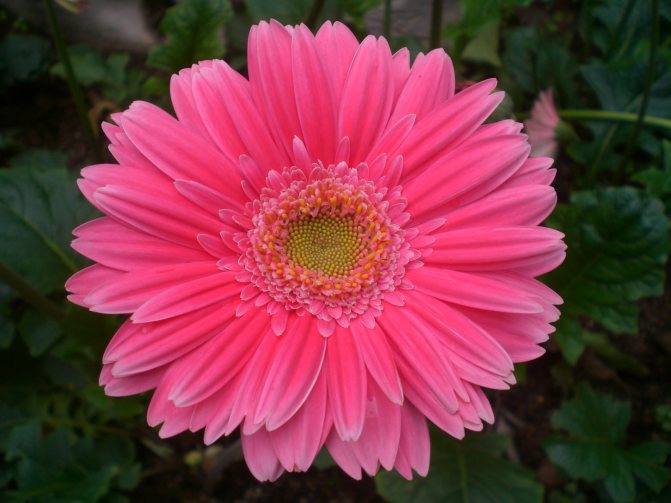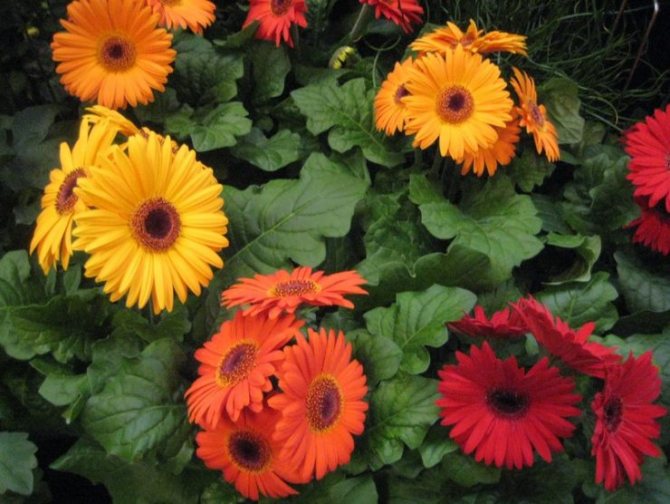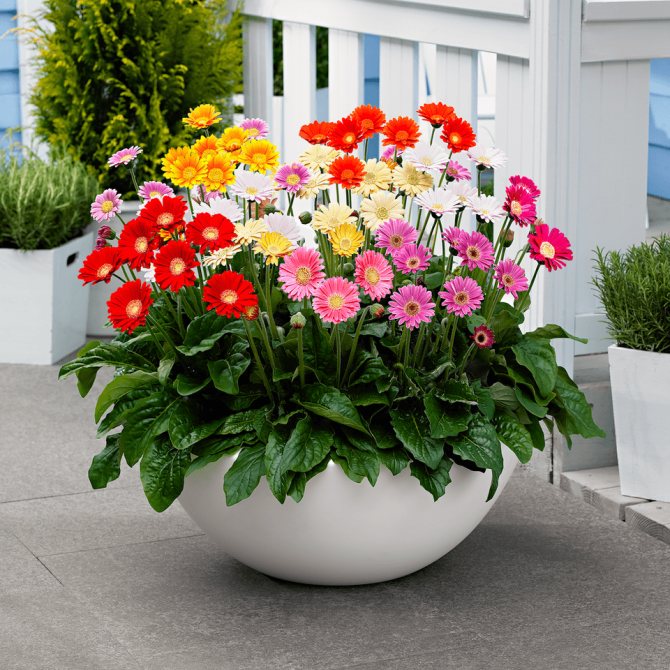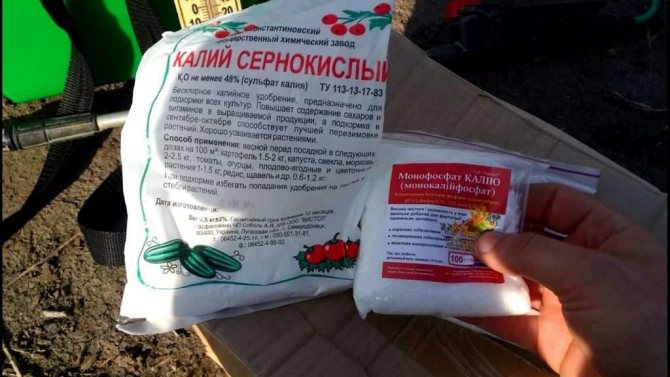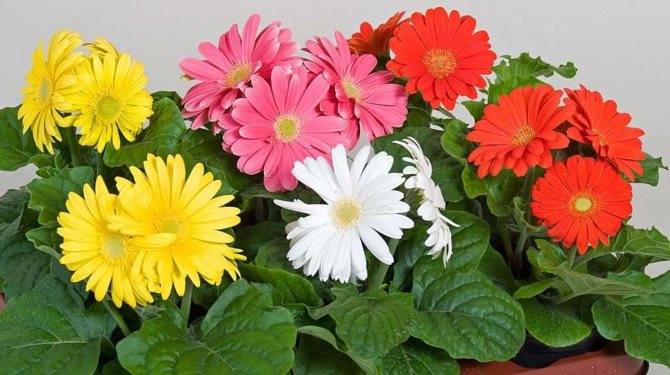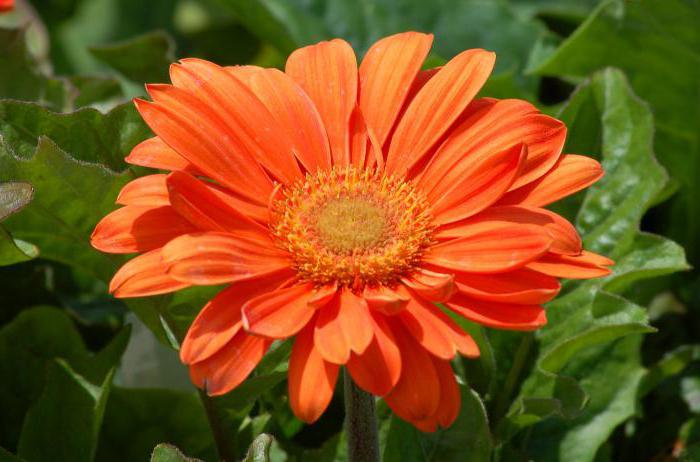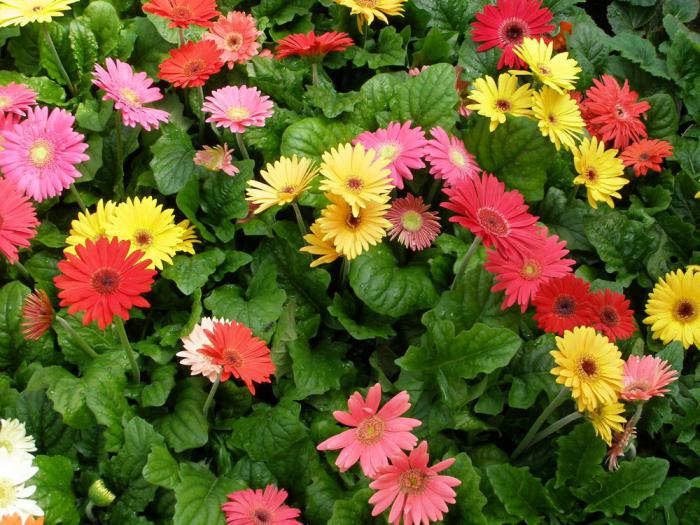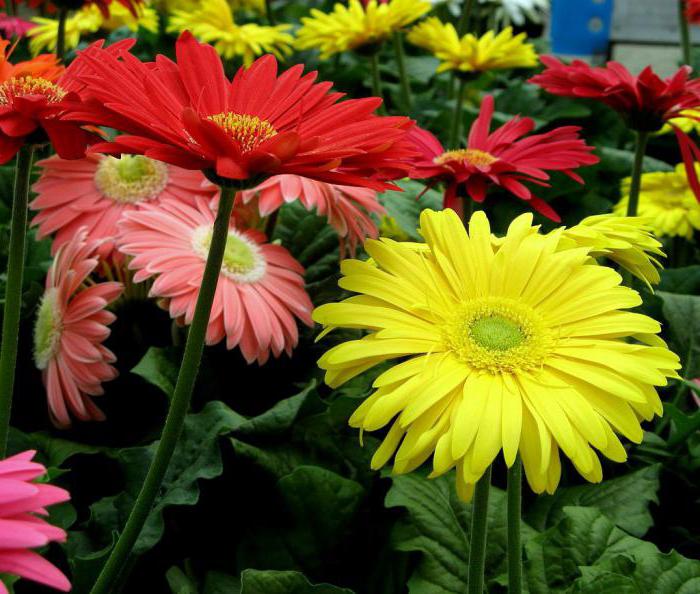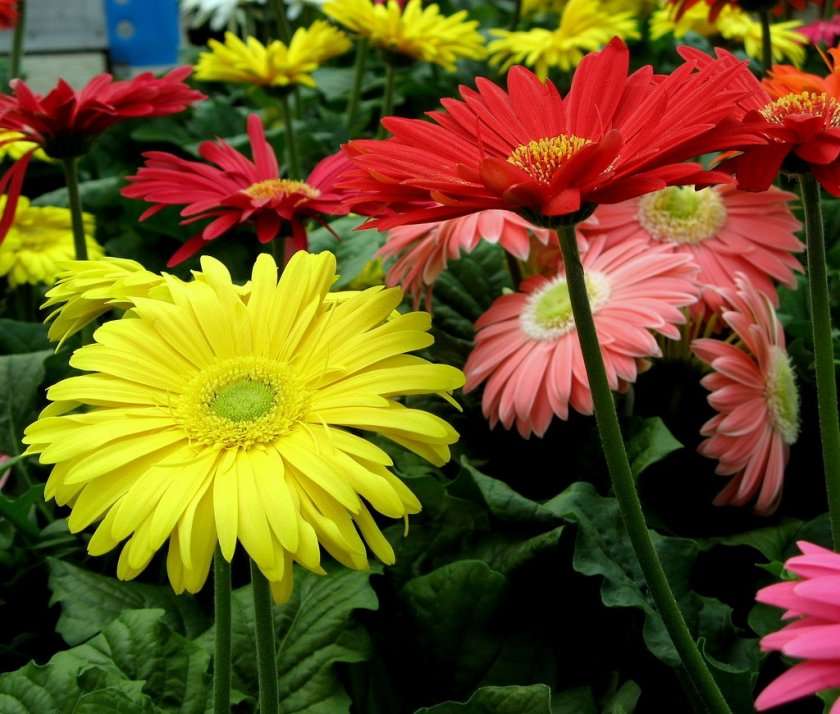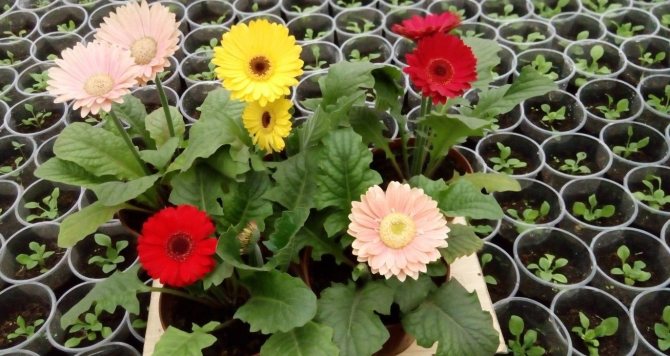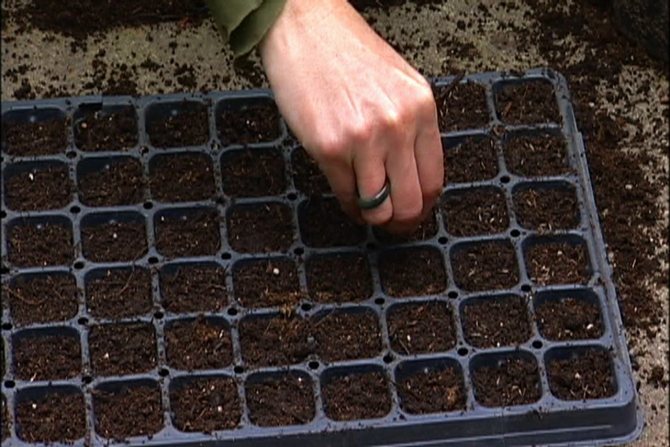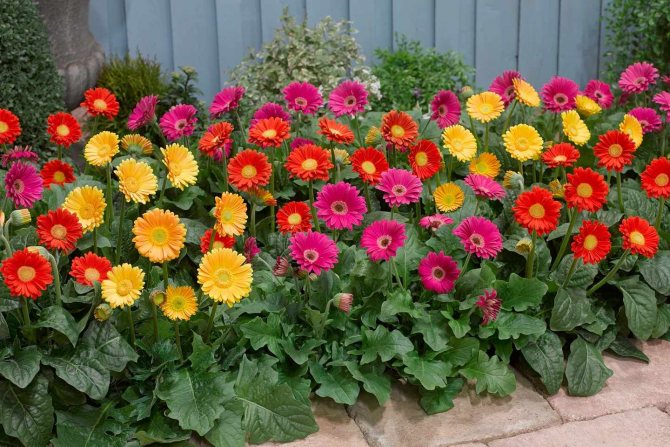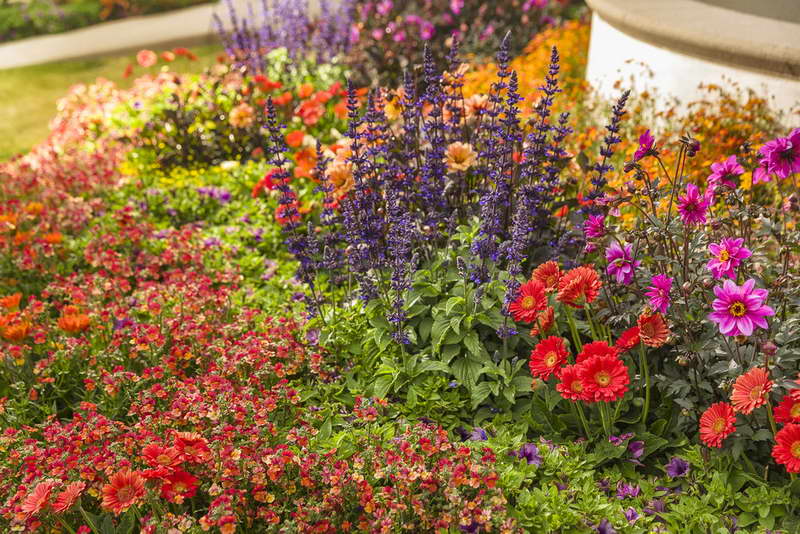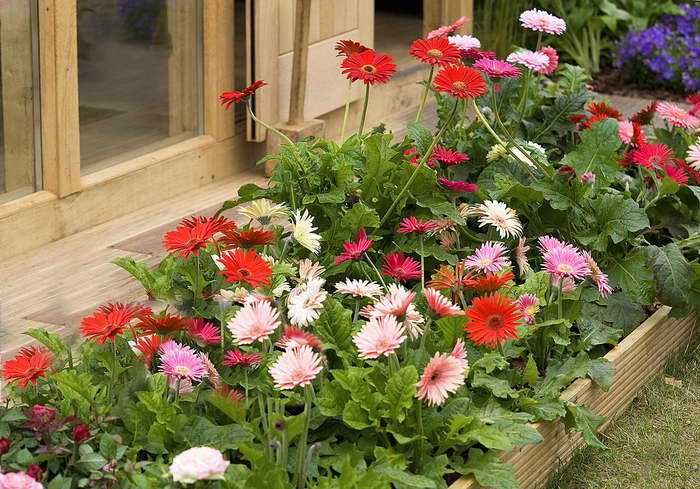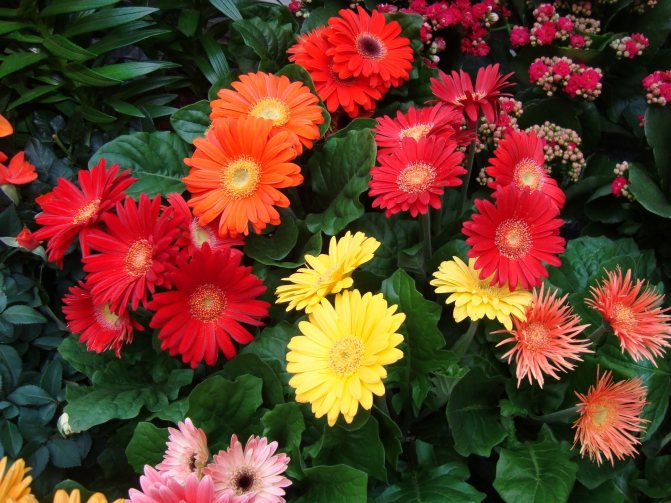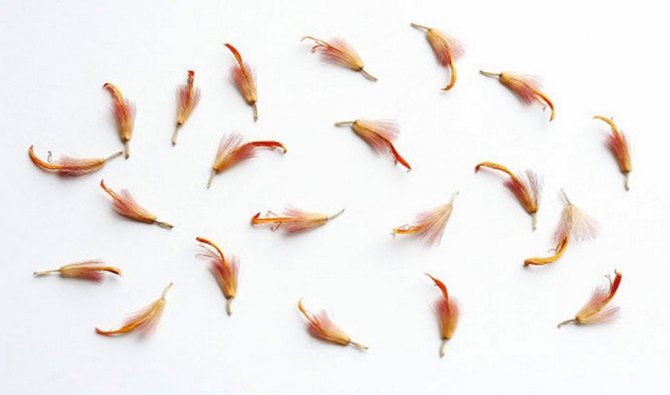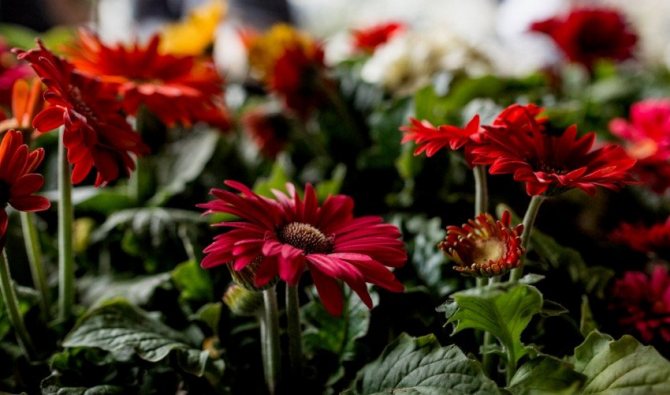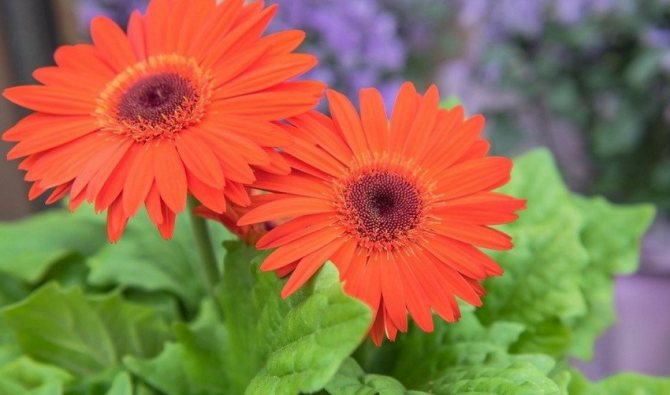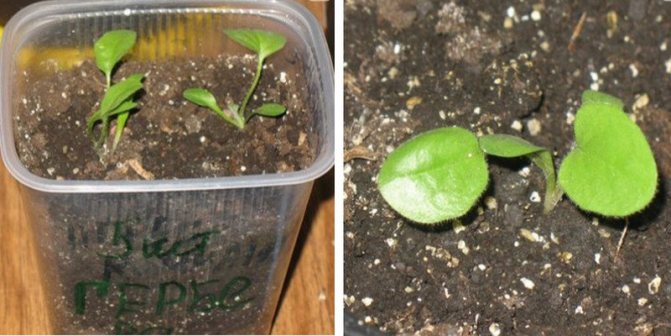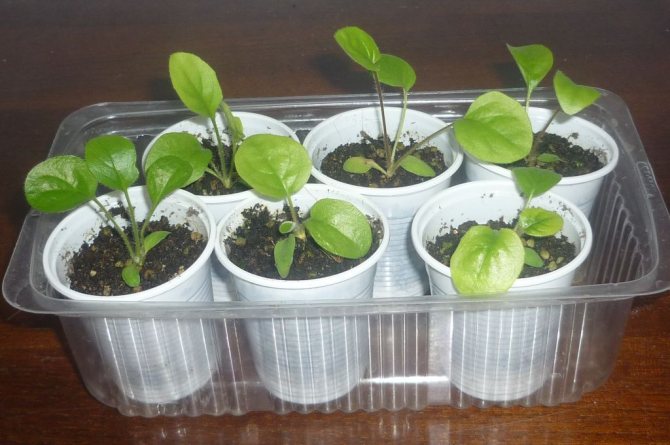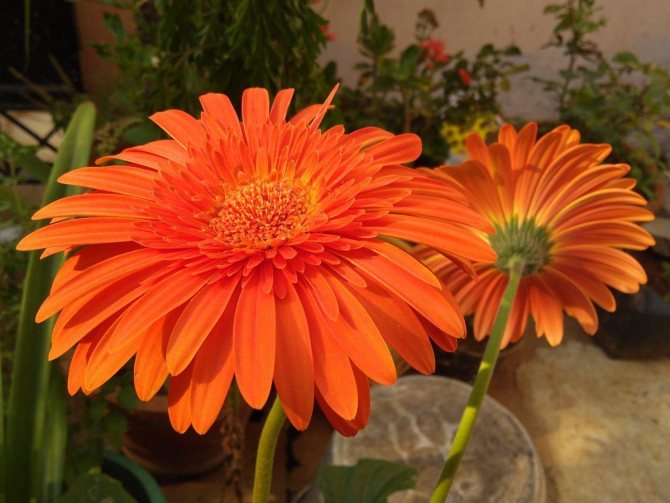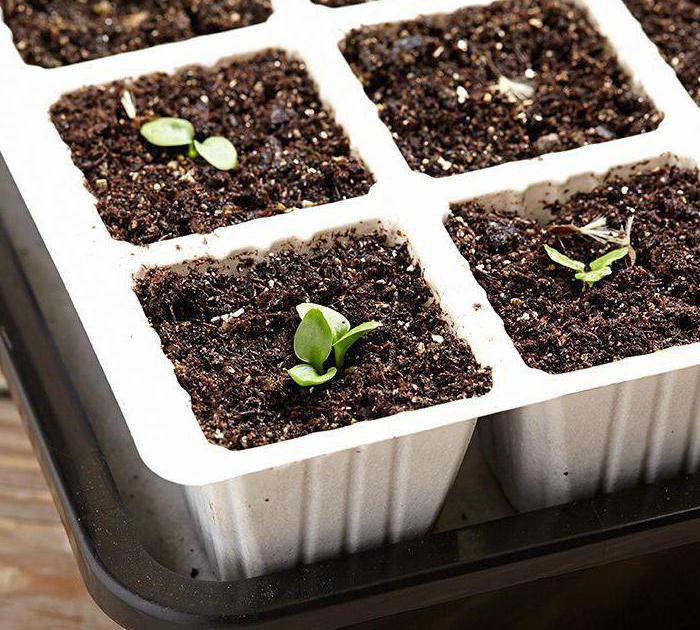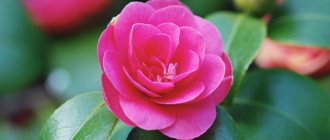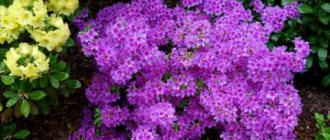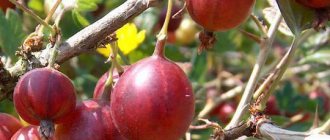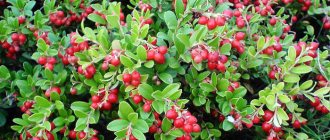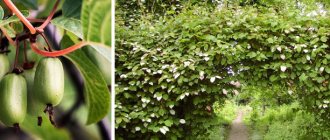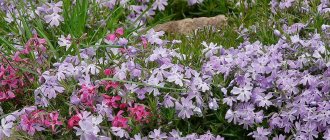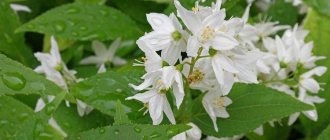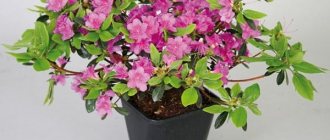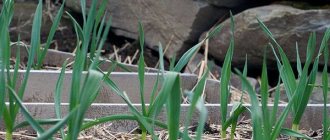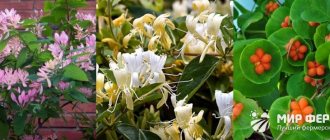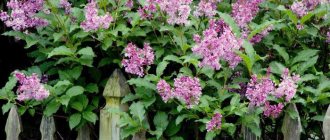Gerbera garden planting and caring for which gardeners are increasingly interested in, looks like a large chamomile. Until recently, they were wary of this beauty and considered her capricious and demanding to care for. Recently, the situation has changed dramatically, gerberas are increasingly taking pride of place in flower beds, breeders from year to year replenish their collections with new varieties. The variety of colors is amazing. Even the most demanding beauty connoisseurs will definitely find a variety that suits their needs.
What does a garden gerbera look like?
The decorative street gerbera is a representative of the Astrov family and has a powerful root system. It comes from African countries, like garcinia and gardenia. The plant has a shortened stem and compact size of the bush. In the root zone, there is a rosette of light green leaves.
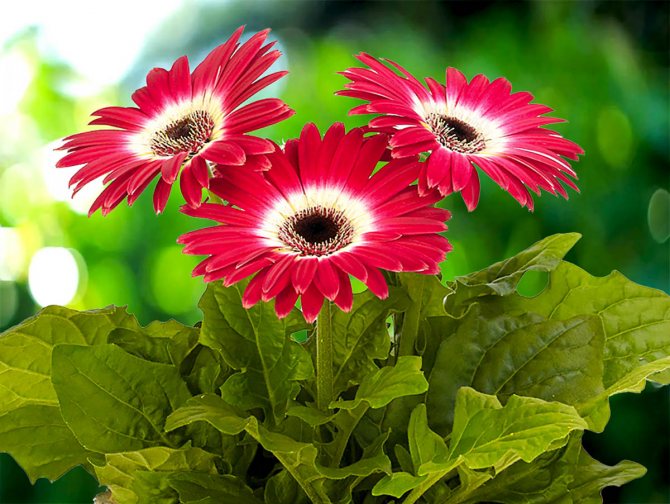
Outwardly, the gerbera resembles a daisy or a large chamomile.
The flowers are single, large. The heart of the baskets is light or yellowish-green. Gardeners often compare gerberas with chamomiles or echinacea. However, unlike the last two plants, they have a wider color gamut. There are not only ordinary, but also double, semi-double species.
Attention! Under natural conditions, gerbera will never have a blue color.
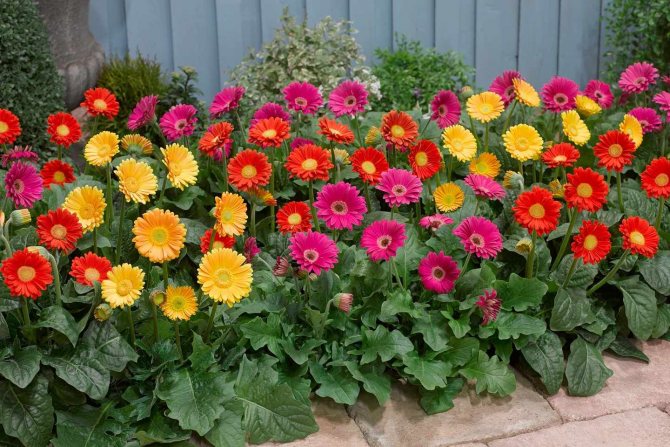

Breeders are constantly working on the development of new varieties and hybrids.
In total, over 80 species of this flower are known today, but gardeners prefer hybrids and varieties with high decorative qualities. At the same time, they are grown not only in the garden, but also in indoor conditions. Breeders have already bred more than a thousand varieties, based on the green-leaved and Jamson's gerbera. Most of all, flower growers loved:
- Romeo;
- Mars;
- Alcor;
- Parade;
- Elegans;
- Vincent;
- Migar;
- Jupiter, etc.
Conditions for growing gerbera
If you want to grow these bright flowers in your garden, then your site must meet the following requirements:
- In winter, gerbera should be kept at a temperature of + 6-8 degrees. It is in such conditions that she feels great. If you are a resident of the southern region, then your gerbera will quite normally endure a temperature drop to -3 degrees, but only on condition that its roots are covered.
- Gerbera loves sunlight, but on especially hot days it is better to hide it in the shade. Do not be alarmed if at noon its leaves droop a little. By the evening, when the temperature drops, they will come to life again.
- Gerbera should not be sprayed, and during watering, you should try to prevent water from getting into the root outlet. If this happens, then the process of decay can begin.
Popular varieties of garden gerberas
Garden camellia - planting and care in the open field
There are not as many varieties of this flower as there are varieties, but they are the basis of choice for a gardener. Their description and characteristics make it possible to determine whether a plant is suitable for growing in certain conditions, and what features of agricultural technology it has. After all, gerberas in the garden, the cultivation and care of which require certain skills, can bring not only aesthetic pleasure, but also certain troubles.
Gerbera Jameson
This species is actively grown not only in the garden, but also indoors. Strong bush, feathery foliage, collected in a socket. The peduncle is not very high. Outwardly, the flower looks like a daisy.
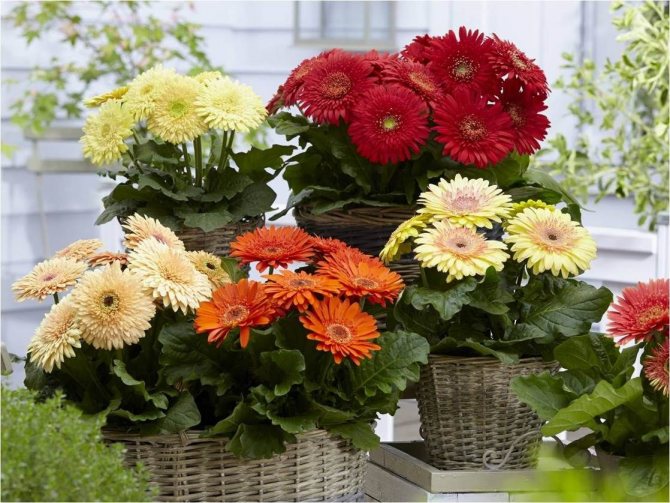

Gerbera Jamson is suitable for growing in the garden and in the room
The diameter of the cap reaches 10 cm. The flowering period lasts 3 weeks. The colors are attractive and bright.
Hybrid species Garvinea Sweet Dreams
This type is one of the novelties presented to the attention of gardeners. The height of the bush reaches 0.45 m, its diameter is 0.4 m. Each gerbera simultaneously produces up to 20 peduncles.
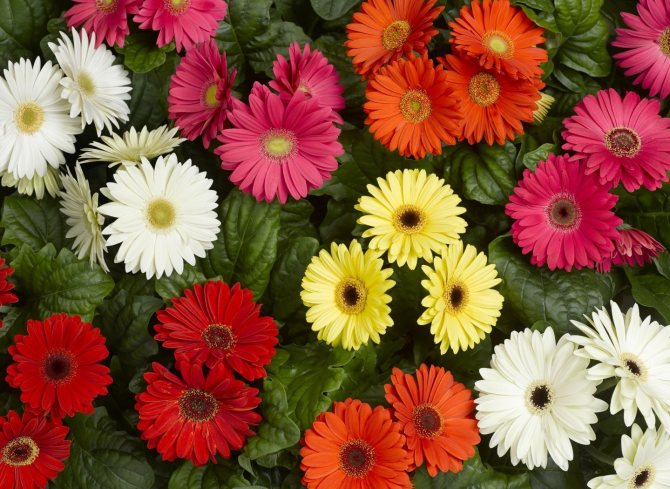

Garden gerbera Garvinea Sweet Dreams blooms from spring to autumn
The color range is rich. The flowering period lasts from spring to autumn frosts.
Klondike
A large plant with a bush height and diameter of about 0.45 m. Each plant forms up to 50 peduncles per season. The variety of shades is huge.
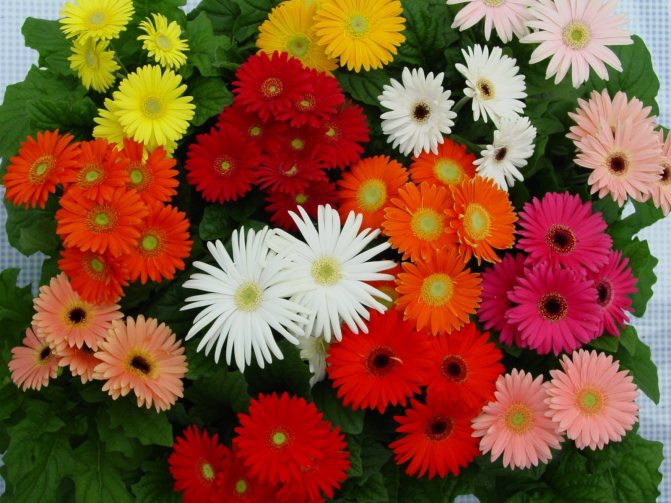

Klondike is distinguished by its large bush size and abundant long flowering
The flowers are semi-double, their diameter reaches 12 cm. The flowering period lasts from July to October.
Abyssinian
The root rosette of this perennial consists of elliptical leaves. A characteristic feature is that young foliage is slightly pubescent.
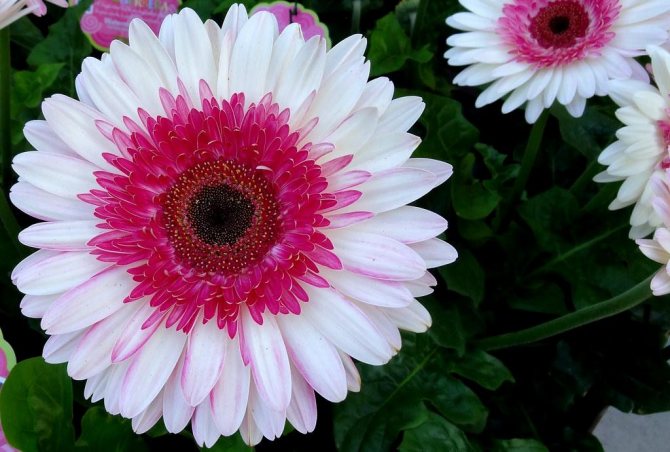

Abyssinian gerbera has a delicate color scheme
Reed-type flowers, most often painted white, sometimes have reddish tints.
Gerbera orange
The rosette of the flower consists of elliptical leaves. Small bush, thick rhizome. Basket-type inflorescences are colored in the following colors:
- Orange;
- bright red;
- pink;
- dark scarlet;
- yellow.
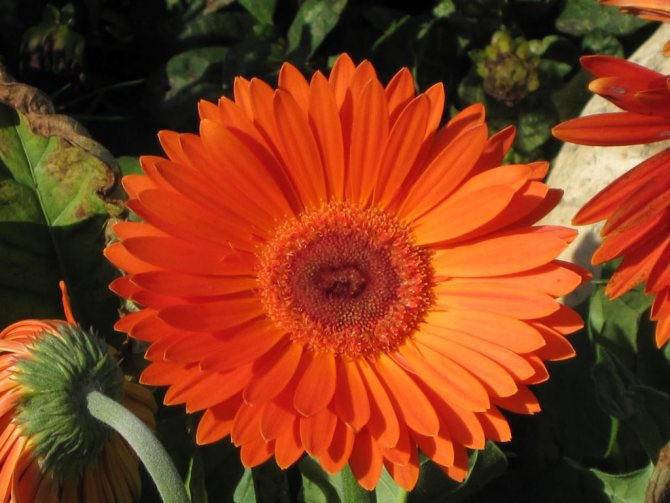

Orange gerbera has a compact bush size and bright color of flowers
The middle flowers are sometimes black or dark purple.
Gerbera Wright
The rosette in this species consists of pinnate or lobed leaves. The peduncle is long, at the end of it a flower is formed that looks like a large chamomile. The middle of it is painted yellow or white. The color of the petals can be:
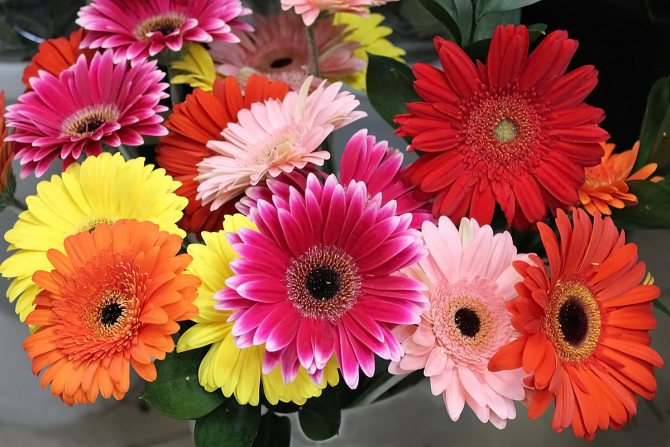

Gerbera Wright is characterized by a rich color range
- red;
- orange;
- purple;
- yellow;
- pink.
Gerbera Vega
This species was bred by American breeders. It differs from other varieties in large inflorescences, which reach 13 cm in diameter, and narrow long petals.
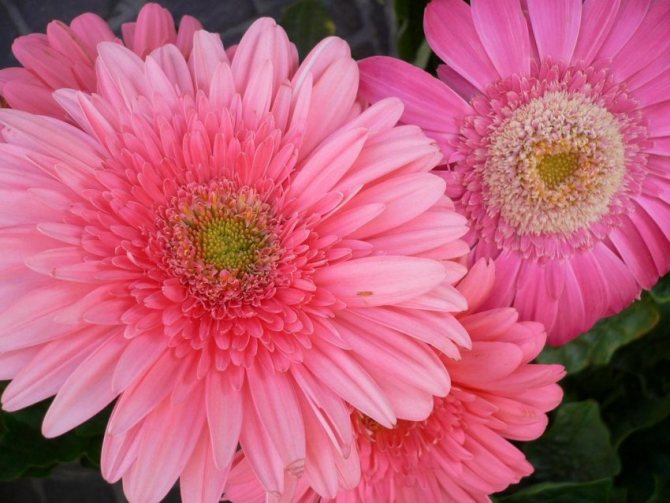

The Vega hybrid has a very large flower size
The length of the peduncle is about 0.7 m. The color of the flowers is yellow-orange.
Short description
Gerbera is a herbaceous perennial from the Astrov family. Since the plant came from a warm climatic zone, it is quite capricious. Growing a flower on your own plot requires a certain amount of knowledge. In the literature, you can find other plant names, for example, transvaal daisy or chamomile.
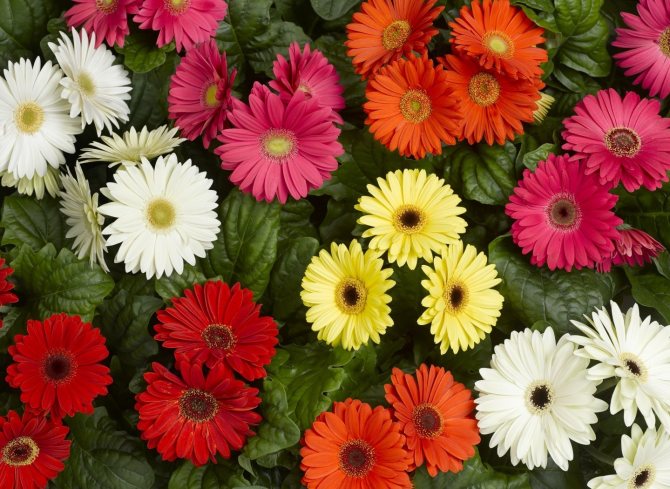

Transvaal chamomile will become a real decoration of any backyard territory
The botanical description of the garden gerbera is as follows:
- It is a bush with a height of 30-35 cm.Some species can grow up to 50 cm.
- The root system is fibrous, the roots are short.
- The leaves are located in a basal rosette, elongated, ending in a kind of "peaks", fleshy. The color is deep green.
- The flower is shaped like a chamomile. There are simple, double and semi-double gerberas. Diameter - from 10 cm.The color of the petals can be white, pink, yellow or red. The core is always brown.
- The fruit is a compact capsule.
Note! The discoverer of gerbera in wild Africa was the Germanic explorer Traugott Gerber, who gave the plant his name.
The duration of flowering is from a month to three, but elegant inflorescences will delight the eye of a grower only with proper care. This is the garden gerbera: planting and caring for this plant is considered quite difficult, so it is not recommended for beginners.
Species diversity
The number of species of garden gerbera is large - more than 50. And thanks to the efforts of breeders, new hybrids regularly appear with improved properties and increased decorative effect. However, there are only two “progenitors” of the main garden hybrids - Jameson's gerbera and green-leaved.
Here are some popular varieties of street gerbera (Gerbera) among flower growers:
- Jamson. Perennial, resistant to the vagaries of the weather in the middle zone. Differs in decorativeness, variety of color options. Inflorescence up to 10 cm in diameter.
- Patio Klondike. The height of the bush is up to 0.5 meters, the leaves reach a length of 15 cm, the flowers are white or scarlet.
- Wright. A very capricious variety, suitable for growing in a greenhouse. However, the stunningly beautiful lush bloom redeems all the worries associated with care.
- Abyssinian. The bush is up to 45 cm high, the flowering period is from the beginning of summer to the first frost. The flowers are white or crimson.
- Vega. It is a hybrid of American origin with large flowers up to 14 cm in diameter and elegant, sunny orange petals.
- Alcor. The most suitable variety for outdoor cultivation with deep pink flowers and narrow leaves. The height of the shrub does not exceed 60 cm.
The breeders also managed to develop several mini-varieties that are ideal for decorating compact flower beds and rockeries. These are Royal Lemon, Orange, Scarlett and others. Also, flower growers often plant special varieties for home conditions.
Outdoor garden gerbera care
Many novice florists have a question: how to grow gerbera flowers? They belong to the thermophilic plant species and require some care and attention. In response, they will be thanked with exuberant and long flowering and will become a worthy decoration of the flower bed.
Suitable lighting
Garden hydrangea - planting and care in the open field
Gerbera is a very light-loving plant, therefore, when planted in open ground, the most well-lit areas are distinguished under it.
Attention! Even the slightest shading negatively affects the growth and development of the flower.
In the summer, when the sun's rays are especially scorching, you will need to organize light shading. In spring and autumn, gerberas find it difficult to adapt to short daylight hours, so they often prefer to plant garden gerberas in pots and arrange additional lighting for them.
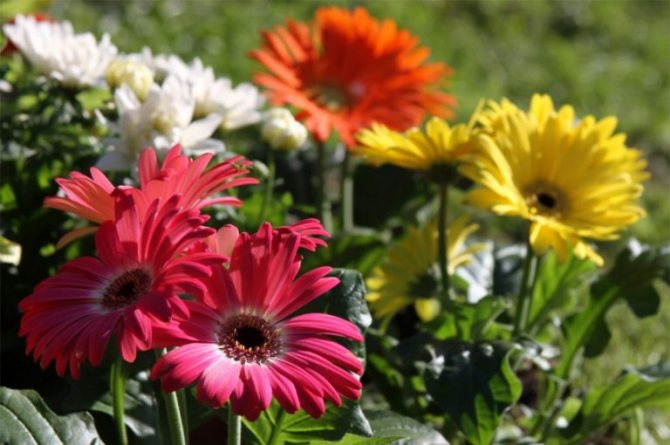

Gerbera loves bright lighting
In a greenhouse, the plant blooms actively from spring to late autumn.
Watering and moisture
Gerberas like air with high humidity, but you should not spray moisture directly onto the inflorescences. Also unacceptable is water stagnation or excessive soil moisture.
Attention! It is unacceptable to use cold water for irrigation.
Gerberas do not tolerate the contrast between the ambient temperature and the water used for irrigation. The frequency of watering depends on the ambient temperature and the prevailing weather. With frequent precipitation, irrigation is reduced to a minimum and is guided by the state of the upper soil layer.
Spraying
Like other flowers, gerberas are negatively affected by pests and pathogens. In order for the flower to remain beautiful and healthy, it is necessary to timely carry out preventive spraying with insecticides and special-purpose fungicides, which can be purchased at gardening stores. Work is carried out in dry and calm weather in the evening or early in the morning, so that drops on the leaves do not provoke burns from the scorching sun's rays.
Attention! We must try to avoid frequent spraying so that excess moisture does not provoke rotting of the leaf outlet.
Choosing the right soil
Many gardeners love gerberas. However, how to grow such beauty in the country? This is best done on soils with neutral acidity and high levels of moisture - and breathability. A pre-selected area is dug up, cleaned of weeds, and peat and sand are introduced.
Attention! It is impossible to bring humus to the garden with gerberas, since the flower is highly susceptible to root rot.
To eliminate the likelihood of disease, the soil should be shed with a hot solution of weak potassium permanganate.
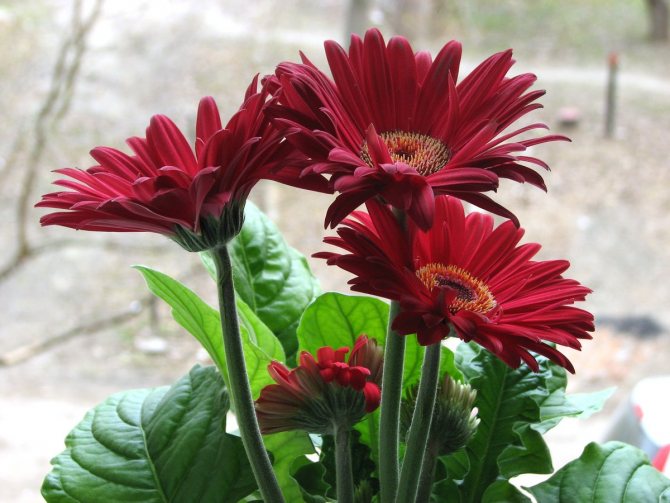

Soils with a neutral acidity level are suitable for growing gerberas.
Feeding methods
It is unacceptable to use manure or humus as top dressing for gerbera, since they provoke the development of fungal diseases. They use exclusively complex mineral preparations intended for flowering plants. During the growth of green mass, the garden gerbera is fertilized mainly with nitrogen-containing agents. With the beginning of the appearance and blooming of buds, the flower needs potassium and calcium.
Attention! Potassium and calcium contribute to abundant flowering.
Top dressing is carried out with a frequency of 1 time in 14 days, however, the dose indicated on the package is halved.
How to ensure the wintering of gerberas
If the gerbera is grown in southern climates where winters are mild and warm, then it can be left outdoors to provide good protection. After the end of the flowering period, all flower stalks are cut off, the amount of watering is reduced, fertilizers are completely stopped to be applied. The root zone at the end of September is carefully covered with straw, hay or fallen leaves.
Attention! Collect fallen leaves only under healthy trees.
Now there are winter-hardy gerbera hybrids that can withstand even temperatures down to -10 ° C in the open field, but even they need a good shelter.
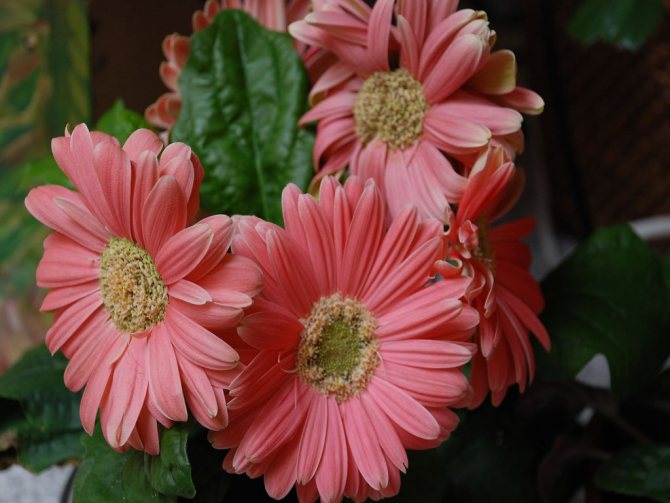

For the winter, it is better to send a gerbera to a room with a stable temperature and low humidity.
Due to the peculiarities of the climate in the middle lane, this plant is cultivated mainly as an annual. Gardeners feel sorry for ruining such beauty. They prefer that their favorite gerbera variety pleases with paints for more than one year and is cultivated as a perennial. In this regard, in the fall, the flower is dug up together with a lump of earth and transplanted into a container of a suitable size. You can place it in a basement with low humidity and stable temperature. The last indicator should not rise more than up to + 15 ° С. Occasionally, the gerbera is watered.
Attention! If there is no suitable basement, then the gerbera can be placed in the coolest corner of the apartment, protected from bright light.
Standard home conditions are not very well suited for wintering a flower.
We dive gerbera seedlings
Gerberas dive when young seedlings produce a second rosette of leaves. All professionals say this. For this, pots, plastic cups or any other containers with a volume of 100 g are used. Drainage holes are necessarily made in their bottom. Expanded clay is laid at the bottom. The soil is used the same as for planting seeds.
I had a slightly different situation. My first shoots of gerberas from seeds did not have time to give a second rosette of real leaves, but I still made a pick. Why? Because there was very little soil in the greenhouse (let me remind you that for the first time I poured a layer of soil 3 cm high into the greenhouse. This turned out to be not enough). As a result, the seedling roots began to intertwine and interfere with each other.
Let me remind you that the gerbera has a very delicate root system. Any manipulation with it has a bad effect on the health of the plant as a whole.After picking, gerbera seedlings need mild conditions. This is a temperature of + 19 ... + 23 degrees, moderate watering and high humidity, a proper level of illumination. So, I carried out picking of gerbera on February 26 (planting of seeds was carried out on February 2). For picking, I took 200 ml cups. The soil was poured a little less than half (the amount of soil should be commensurate with the size of the root system). Why take a large plastic cup and fill it halfway with soil? After all, you can take a small container for picking. The answer is simple. After a pick, gerberas need increased air humidity. By covering the glass with gerbera film, you can create a mini wig for the plant.
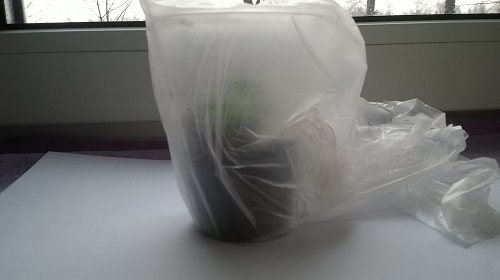

After picking, cover the cups with gerbera foil and put them on the window. I have these windows on the east side of the apartment, where the sun shines until 15.00. After sunset, I turned on the artificial lighting. I have a phytolamp. She shone until 22.00 every day. Watering was carried out rarely, since moisture evaporates slowly in the greenhouse.
After a pick, gerberas need gentle care conditions. This is a temperature of + 19 ... + 23 degrees, a high level of air humidity (a mini-greenhouse is needed), artificial lighting for 12-14 hours, moderate watering.
A month later, that is, on March 29, my gerberas grew somewhat. Some did not survive the pick, although the conditions of the plants were the same. Based on my observations, I made a conclusion. It is necessary to disturb the roots of the gerbera as little as possible and to carry out the first pick even when the gerbera has accumulated a sufficient volume of green mass (from 4 real leaves).
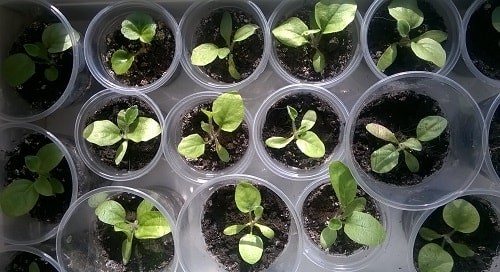

The seedlings were taken care of as follows: the greenhouse was removed when the third rosette of leaves had grown enough. The temperature of the content was kept at the level of + 19 ... + 23 degrees. Watering as the soil dries up, no fertilizing was carried out.
Read the continuation of the article on growing Jameson's gerbera from seeds at home. Second planting, personal experience, growing problems and their practical solution.
When and how it blooms outdoors
Garden azalea - planting and care in the open field
Gerbera is characterized by a long flowering period that lasts almost all summer. Flowers are of double, regular or semi-double appearance. They are of a single type, large, in shape they resemble a daisy or chamomile.
The optimal conditions for the beginning of flowering of gerbera are considered to be a stable warm temperature (about + 22-28 ° C) and a sufficient level of humidity. You also need an adequate supply of nutrients and trace elements.
Seed planting process
The seeds are deepened by no more than 0.3 centimeters under the ground. It will be better if you just spread them on the surface of the moistened earth, and sprinkle them on top with a thin layer of dry. The distance between the seeds should be approximately 3-5 millimeters. Such a density is not terrible, since their germination rate is at a low level.
Next, you need to cover the containers with glass to create a kind of greenhouse. Remember to remove the glass from time to time to remove condensation. At the same time, soil moistening can be carried out. To do this, it is better to use not a watering can, so as not to wash the seeds, but a spray bottle. The air temperature in the room should not be lower or higher than +18 degrees.
Within a week you will be able to see the first shoots. This means that the cover can be removed. Two weeks after the emergence of seedlings, the first true leaves will appear on them.
Next, you should do the pick. It is carried out when four true leaves appear on the seedlings. Each seedling will need to be transplanted into a separate pot with a diameter of 8-10 centimeters. The air temperature in the room where the seedlings will be located should be kept at around + 18-20 degrees. The pots should be in a well-lit area, but not in direct sunlight.Please note that some seedlings may stretch. This means that they do not have enough sunlight. In this case, you will have to correct the situation by installing fluorescent lamps above the gerberas. Also, drafts should not be allowed in the room. If you really want to grow gerberas, you need to be extra careful with watering. They can only be carried out when the top layer of the earth is completely dry. Moreover, the water for irrigation should only be at room temperature.
How gerbera breeds outdoors
There are several proven methods that allow growers to propagate a garden gerbera on their own.
Germinating seeds
The main disadvantage of this method is that growers call the fact that it is not possible to preserve the varietal qualities of the mother plant. The new flower changes color, size and other important characteristics. Therefore, in order to obtain gerbera with already known and desired characteristics, it is better to purchase seed in trusted stores.
Attention! It will not be possible to collect seeds of hybrids on your own, you must definitely purchase them from manufacturers.
Plants grown from seeds will delight the first flowering only after 10-11 months. For sowing, you will need to mix 2 parts of turf, 1 part each of humus and leafy soil, as well as coarse sand. Low elongated pots equipped with drainage holes are used as a container.
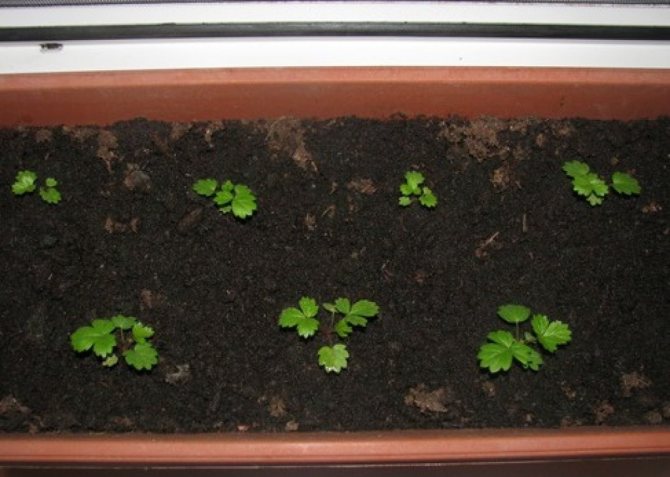

Picture 15 Seeds for growing should be purchased only in trusted stores
Gerbera seeds are sealed to a depth of 0.2 cm. Better yet, just spread them on a pre-moistened soil, sprinkle a little dry on top. After that, the vessel must be covered with glass or cellophane. This condition must be met for successful seed germination. After 10 days, shoots should appear. When the seedlings form 3-4 true leaves, they can be dived into separate pots.
Rooting cuttings
When using this technique, it will not be possible to obtain a large number of seedlings, but the varietal characteristics will fully correspond to the parent plant. In addition, young gerberas will have high growth potential. To root the plantings, you will need to create special conditions, namely, to maintain a constant temperature and high humidity.
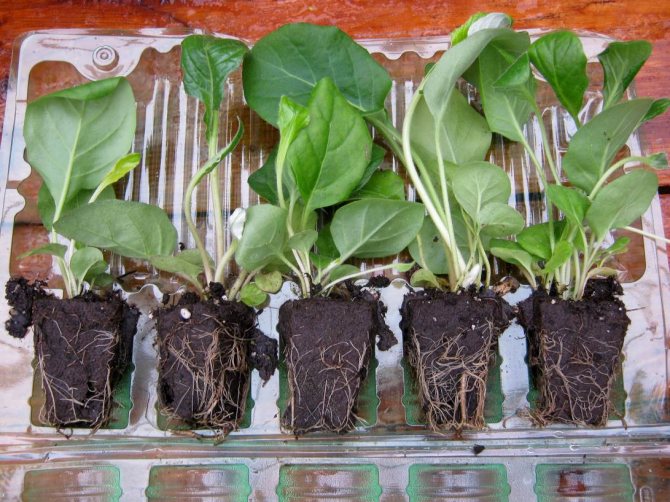

Rooting cuttings allows you to preserve the varietal qualities of the mother plant
A gerbera bush is dug up, a leaf outlet is cut off and the roots are planted in a greenhouse. After a couple of weeks, shoots will begin to grow from the air buds, which will serve as material for future cuttings. As soon as at least 2 leaves are formed on the shoots, they are carefully cut so that the length is about 1 cm.After that, the cutting must be planted in a nutrient mixture of peat, river sand and perlite.
Attention! To root gerbera cuttings, it is required to maintain the temperature at + 24 ° C.
After 2 weeks, roots form on the cuttings, but they can be planted in separate pots only after a month.
Diseases and pests
Gerbera, like many flower crops, is quite often affected by diseases and pests. To maintain the health and strength of the plant, timely protective measures are required.
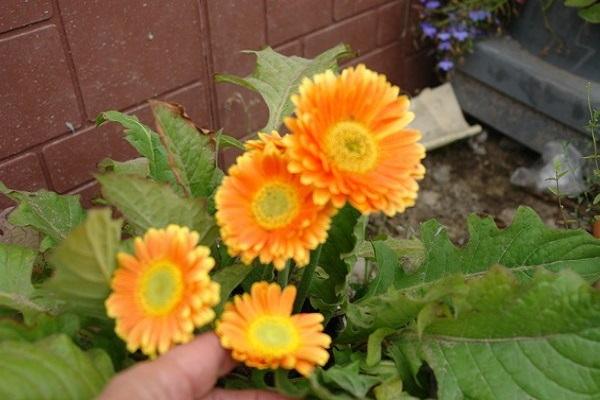

Root rot
Disease is one of the main causes of gerbera death. The main factors for its occurrence are planting flowers in unprepared soil infected with pathogenic fungi. The second reason is constant overflow or stagnation of water.
For the prevention of rot, they are treated with fungicides. Often gardeners use a stimulating drug - Previkur Energy. Treatment must be combined with improving soil drainage and leveling the irrigation regime.
Gray rot
In cool, rainy weather, as well as excess moisture, with frequent watering, they are affected by gray rot. For prevention and treatment, contact or systemic fungicides are used. When spraying with preparations, it is important to avoid droplets falling directly on the flowers.
Fungicides have proven themselves positively: Switch, Horus.
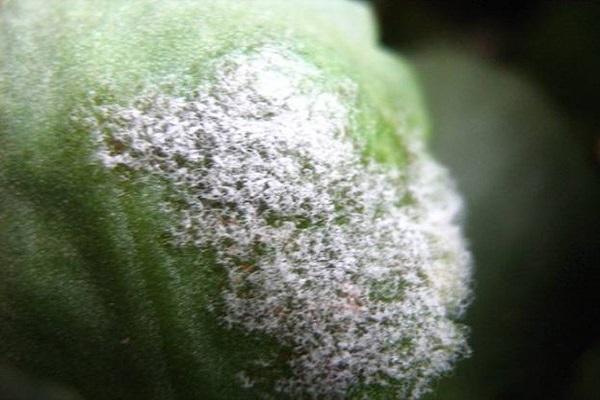

Powdery mildew
During hot summer weather, flowers can be affected by powdery mildew. This is a dangerous, rapidly developing disease caused by fungal spores and manifests itself as a white bloom on all parts of the plant. Fungicides will help in the fight: Fundazol, Skor, Topaz.
Mosaic
The most dangerous gerbera disease is the mosaic virus. There are no effective drugs for treatment. But a grower can help plants with preventive methods and chemicals. The disease manifests itself in the form of white and light green spots on gerbera leaves.
Whitefly
A common sucking pest of gerberas is the whitefly butterfly. It is more of an outdoor pest than a household pest. The butterfly is difficult to breed due to its extraordinary fertility. The secret is to use drugs that suppress not only adults, but also their larvae. Plus, it is advisable to alternate them, not to use only one. Suitable, for example, insecticides Aktara and Mospilan.
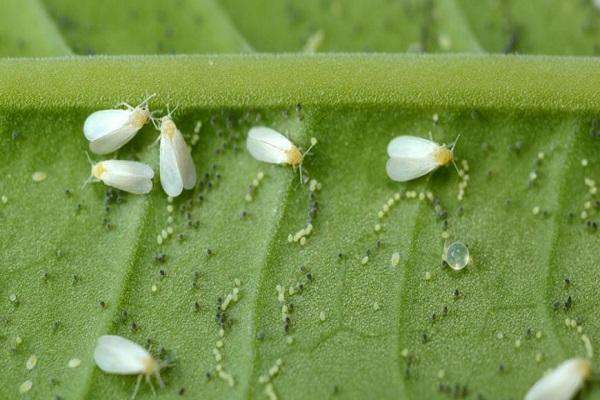

Gerbera propagation
Gerbera is propagated by green grafting, sowing seeds or dividing a bush. When propagated by seeds, maternal qualities are split. Namely, the color, size, characteristics of the flower itself change. It is advisable to purchase seeds in professional packaging from well-known manufacturers. This is especially true for hybrid seeds..
The most effective way to propagate a gerbera is to divide the bush. It is advisable to use mature, mature plants. Reproduction by dividing the bush will not give many seedlings, but they will 100% correspond to the variety. And, of course, such seedlings have high growth potential.
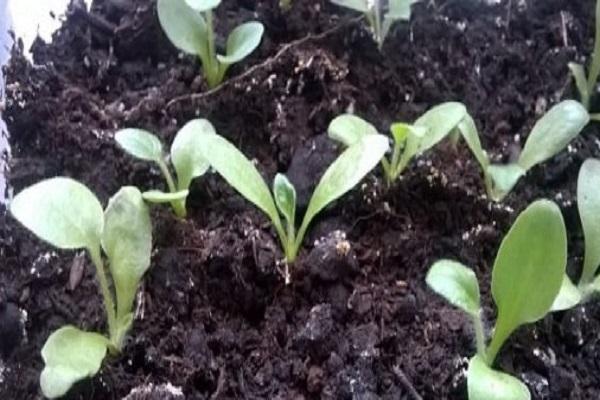

Possible problems and mistakes when growing
Even many years of experience of flower growers do not insure them against mistakes associated with growing gerbera. The flower sometimes, for no apparent reason, begins to shed its buds, loses its decorative qualities. You should immediately figure out what caused such consequences, and take measures to prevent and treat the plant.
Drops buds and leaves
These symptoms can be caused by several reasons:
- lack of light;
- moisture deficiency;
- inconsistency in temperature conditions.
You need to carefully analyze all the factors and try to eliminate their negative impact.
Leaves turn pale
The blanching of the leaves of a gerbera can be triggered by an excess of sunlight. In order for the flower to feel good, at noon it needs to organize a light shade from direct sunlight.
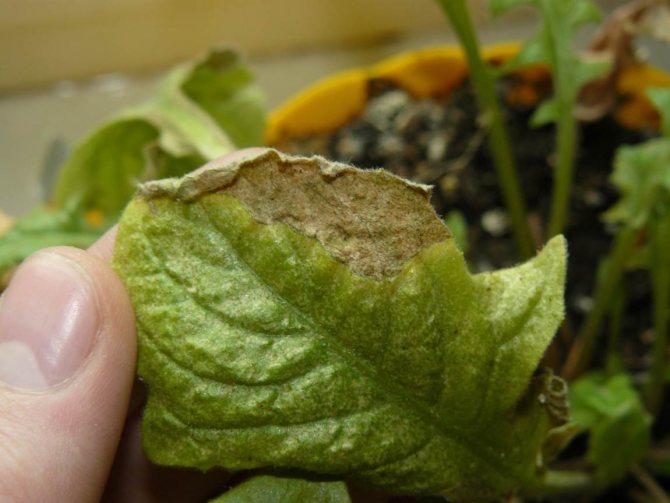

Even experienced flower growers face problems and make mistakes when growing garden gerbera.
The tips of the leaves dry
Such a problem sometimes arises due to a calcium deficiency in the soil or due to insufficient air humidity. Feeding should be done with a calcium-containing preparation, open containers of water should be placed near the gerbera.
The lower leaves fall
This symptom often occurs due to excessive soil moisture or lack of light. Gerberas planted in the garden, which are grown under the trees, begin to hurt and lose their decorative effect. It is necessary to adjust the watering so that the topsoil has time to dry out.
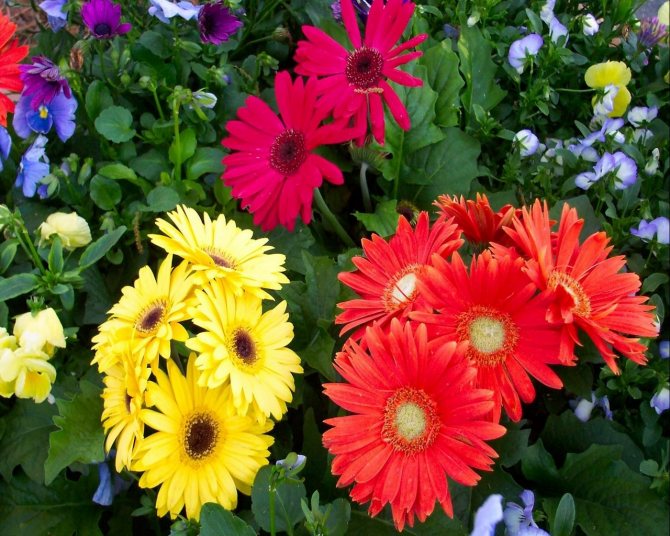

Gerbera will surely thank you for the work and care with a long and beautiful flowering.
Garden gerbera flowers, planting and caring for which can be troublesome for both beginners and experienced gardeners, become the real pride of the flower bed. All costs and efforts are fully justified by the luxurious flowering and riot of colors. You just need to properly care for the garden beauty and surround her with love.
Reproduction methods
Often, after flowering, the plant begins to multiply, this can be done in several ways:
- Seeds - it is rarely used, especially if it is a garden Gerbera, since more than 10 months pass from the moment of planting the seeds to the appearance of the first buds. But if you sow seedlings in January, then by August you can get a lush flowering plant.
- By dividing the bush - in this case, a four-year-old plant is chosen. This is necessary so that two points of growth remain on each bush, otherwise the bushes may die.
- Cuttings - cut off a part of the stem, which should have 2 leaves and plant in the ground. Soil temperature is not less than +20 degrees. In order for the rooting process to go faster, you need to cover it with a jar or a cut plastic bottle.
Read about how to propagate Gerbera and how to care for her at home.

